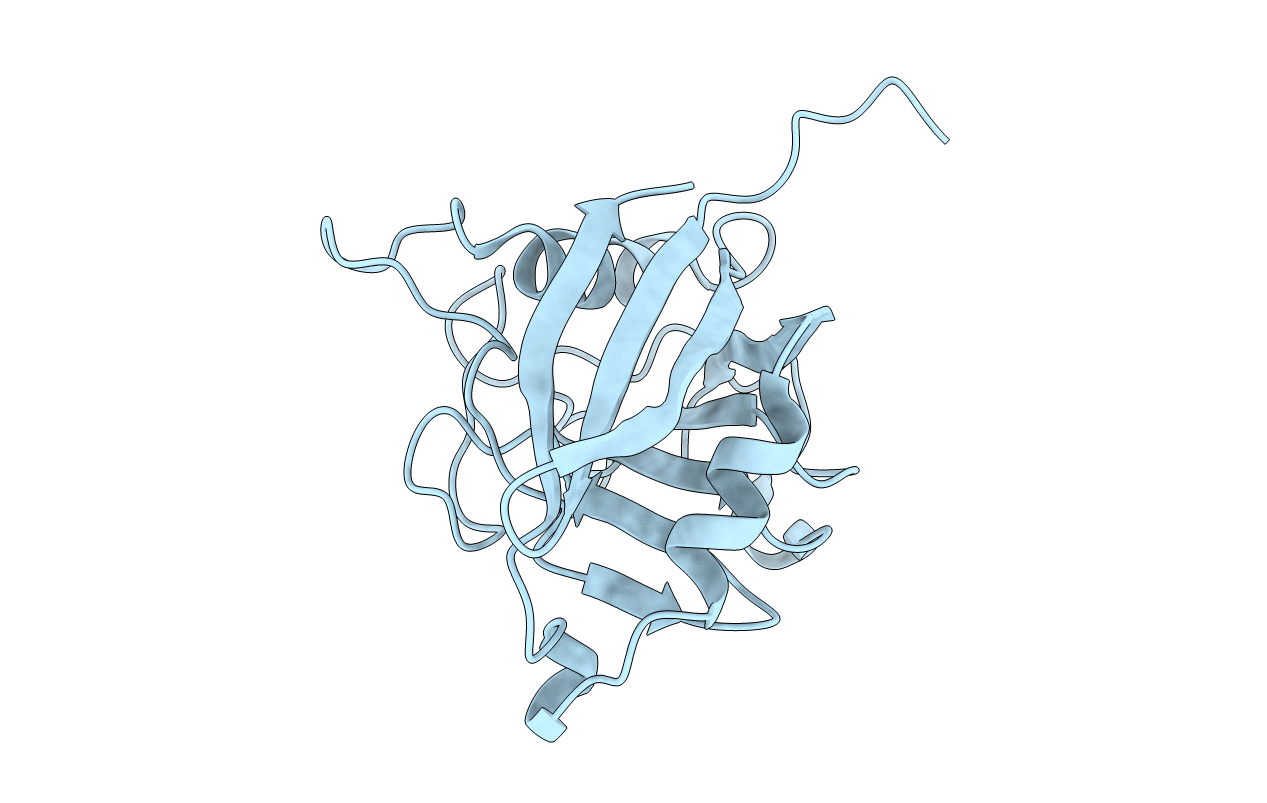
Deposition Date
1999-11-09
Release Date
2000-04-10
Last Version Date
2023-12-13
Method Details:
Experimental Method:
Resolution:
2.00 Å
R-Value Free:
0.22
R-Value Work:
0.17
R-Value Observed:
0.17
Space Group:
P 21 21 21


